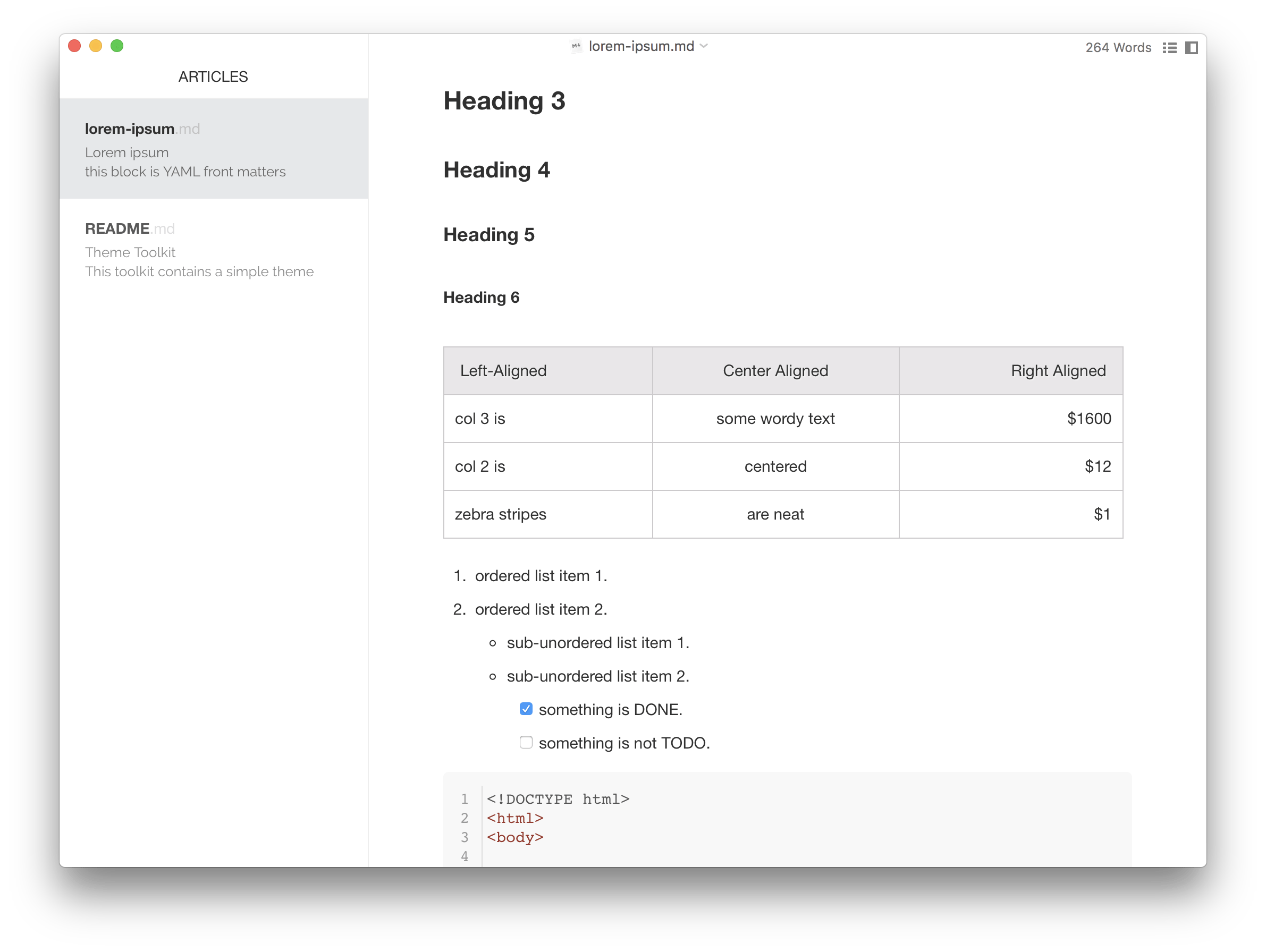

Photograph by Ellen Labenski.I noticed that some of you did not have the scribble tab when trying the optimization of the OneNote app on the v3.2 beta, I had the same issue and if I am not wrong did not see a post about tackling it (but I might have missed it). Image Credit: Sol LeWitt (American, 1928–2007). LeWitt’s original sketch and maquette for the scribble wall drawing are also on view in this exhibition. To learn more about LeWitt’s work in the Gallery’s Collection, please visit the exhibition REMIX: Sol LeWitt in the Clifton Hall Link. A simple piece in concept, but a culmination of LeWitt’s methodology, the work will wholly engulf the viewer in its thousands of graphite scribbles.

Unlike early LeWitt works-full of color and structure-this dark, somber, and moody work acknowledges chaos, and was envisioned in the last years of the artist’s life. When completed in mid-October 2010, the drawing will evoke a 1920s modernist or industrial space. LeWitt’s vision for the space will emerge as this crew of painters, printmakers, illustrators, architects, and one librarian scribble for seven hours a day over a period of forty to sixty days. The studio assistants are supported by two Albright-Knox Art Handlers and nine apprentices. Takeshi Arita, the lead draftsman on the Albright-Knox project, began his first LeWitt drawing in 1982 since then, he has completed hundreds. The team is led by four LeWitt studio assistants from New York. The scaffolding installed at the Albright-Knox Art Gallery gives the fifteen-person drafting crew access to the space where they will spend nearly 5,000 hours working on the drawing. After sending representatives from his studio, LeWitt chose the Albright-Knox’s main stairwell-the great transitional space that connects the 1962 Knox building and the 1905 Albright building-as the site for what will become his largest scribble drawing, covering more than 2,200 square feet of wall surface.


In 2006, Albright-Knox Director Louis Grachos began conversations with Pace Gallery about a commissioned LeWitt wall drawing that could be shown long-term at the museum. Since that time, 1,261 of LeWitt’s drawings have been installed directly on the surfaces of walls using black pencil, India ink wash, Crayola crayons, Caran d’Ache pens, markers, snap lines, tissue paper, and even granite. In 1969, Sol LeWitt (American, 1928–2007) made his first wall drawing at the Paula Cooper Gallery in New York-a revolutionary gesture that monumentalized the humbly drawn line into something as heroic as architecture itself.


 0 kommentar(er)
0 kommentar(er)
